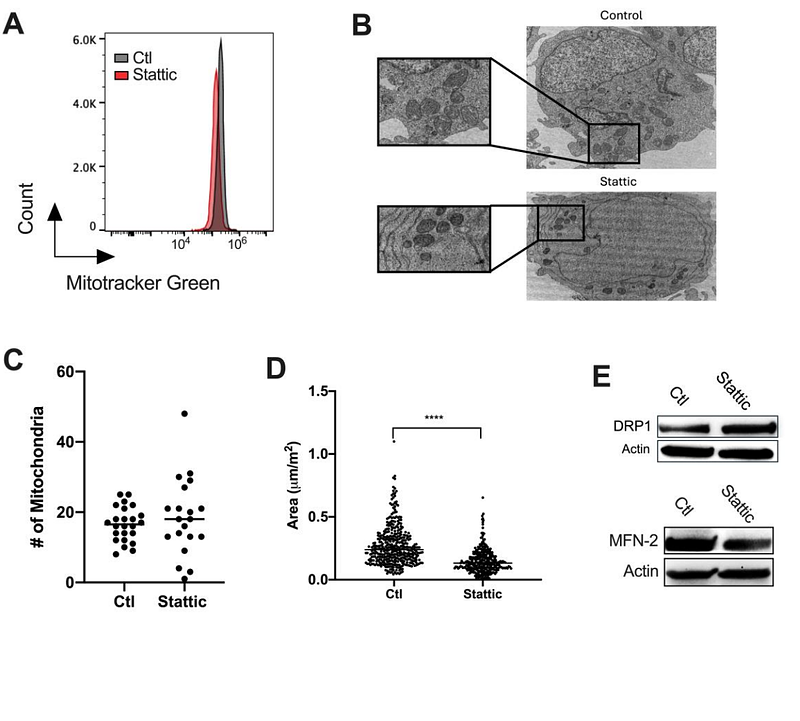STAT3 modulates mitochondrial function and plays a critical role in the survival of leukemic stem cells

STAT3 modulates mitochondrial function and plays a critical role in the survival of leukemic stem cells
Gil, K. B.; Borg, J.; Moreira Pereira, R.; Inguva-Sheth, A.; Rahkola, J.; Showers, W.; D'Alessandro, A.; McMahon, C.; Pollyea, D. A.; Gillen, A. E.; Amaya, M. L.
AbstractSignal transducer and activator of transcription 3 (STAT3) is a well-described transcription factor that mediates oxidative phosphorylation and glutamine uptake in bulk acute myeloid leukemia (AML) cells and leukemic stem cells (LSCs). STAT3 has also been shown to translocate to the mitochondria in AML cells, particularly when phosphorylated at the serine 727 (pSTAT3 S727) residue. Inhibition of STAT3 results in impaired mitochondrial function and decreased leukemia cell viability. We discovered a novel interaction of STAT3 with voltage-dependent anion channel 1 (VDAC1) in the mitochondria that provides a mechanism through which STAT3 modulates mitochondrial function and cell survival. Through VDAC1, STAT3 regulates calcium and reactive oxygen species (ROS) balance in the mitochondria. STAT3 inhibition also results in significantly reduced engraftment potential of LSCs, including primary samples resistant to venetoclax. These results implicate STAT3 as a therapeutic target in AML.


